By all accounts, Iron Maiden should have failed. Sure, every member of the band can be considered in the upper echelon of players of their respective instruments. But looking at the bands that Iron Maiden blew up alongside, one could never have guessed that the six-piece from East London would ever reach the level of success that they have. While bands like Motorhead, Metallica, and Slayer were writing songs that were dirty and relentlessly heavy, capturing a sense of the punk rock underground of the 80s, Iron Maiden was writing lengthy, epic songs with themes of ancient Egypt and a distant future and quoting Samuel Taylor Coleridge poems. So how did this band, who could have so easily been dismissed as “uncool,” manage so much success in an era when danger seemed to radiate from every song on the radio?
The answer is more simple than it should seem: marketing. Marketing is often considered a curse word in the world of music, and people often want artists to focus on their art rather than their method of selling it. But while Iron Maiden’s art was incredible, their marketing strategy was sheer perfection. Iron Maiden’s music always explored a kind of rock opera territory, something that many bands tried to shy away from while Maiden leaned into it. One common feature of a majority of favorite songs is simplicity, the exact opposite of Iron Maiden’s long, intricate metal ballads. Instead of trying to change their music to be more appealing, the band chose to establish themselves as storytellers and entertainers, rather than merely musicians. This all starts with their live show. Almost every band has some type of production with their live show, whether it be expansive stage designs or pyrotechnic displays. Iron Maiden took this idea and ran with it. Their concerts became Broadway shows. The stage was designed with massive props, from the gigantic Egyptian pyramids from 1984’s Powerslave to the Aztec-inspired Book of Souls tour in 2016, Iron Maiden’s live show has always been full of props and telling stories, often showcasing the band’s mascot in larger-than-life fashion. This backdrop allowed the group to amplify their already grandiose music in the most appropriate fashion, giving vocalist Bruce Dickinson and his higher-than-physically-possible voice and talent as an engaging frontman to shine. If there was any doubt that Iron Maiden’s biggest asset was their live show, look no further than the fact that they have released 12 live albums, including the platinum-selling Live After Death in 1985. Based on the power of this album and of word-of-mouth regarding their wildly entertaining live show, Iron Maiden brought in many, many new fans.
But beyond their live show, how did Iron Maiden draw people in without the help of the radio or other mainstream music outlets? The big answer is one of the most recognizable aspects across all of Maiden’s works: their mascot, Eddie. Originally the name of a paper-mâché mask that the band rigged to spurt fake blood through a fishbowl pump, a more detailed drawing of Eddie adorned the cover of Iron Maiden’s self-titled debut. Drawn in the style of old-school punk rock designs, Eddie quickly became synonymous with the band themselves, appearing on every album cover and a majority of their single artwork as well. Over time, Eddie’s design was solidified while simultaneously taking on different forms to coincide with each album’s theme, such as a lobotomized mental patient for 1983’s Piece of Mind or a cyborg on 1986’s Somewhere in Time. Eddie’s likeness allowed Iron Maiden to become one of the most significant forces in the metal market, his face adorned many band t-shirts, backpacks, posters, and he often took on new designs for various concert t-shirts. Iron Maiden also capitalized on the coolness of their mascot with multiple video games, 1999’s Ed Hunter and 2016’s Iron Maiden: Legacy of the Beast. There has been a lot of recognition for the success of Eddie as a logo and mascot, including the “Icon Award” at the 2008 Metal Hammer Golden Gods Awards.
Throughout their career, Iron Maiden has used effective marketing as a tool to bring more and more people than seemingly possible to check out their art, eventually culminating in the band selling over 100 million records worldwide as of 2017. The group has not slowed with time, either. Their Legacy of the Beast tour, set to embark in July of 2019, promises to be their most elaborate stage show to date, featuring multiple set changes as Eddie travels through the various eras of the band. Iron Maiden forged a unique career path by leaning further into their theatrical tendencies, rather than trying to conform to what was considered cool at the time, and for that reason, they are one of the most important bands in the history of metal music.


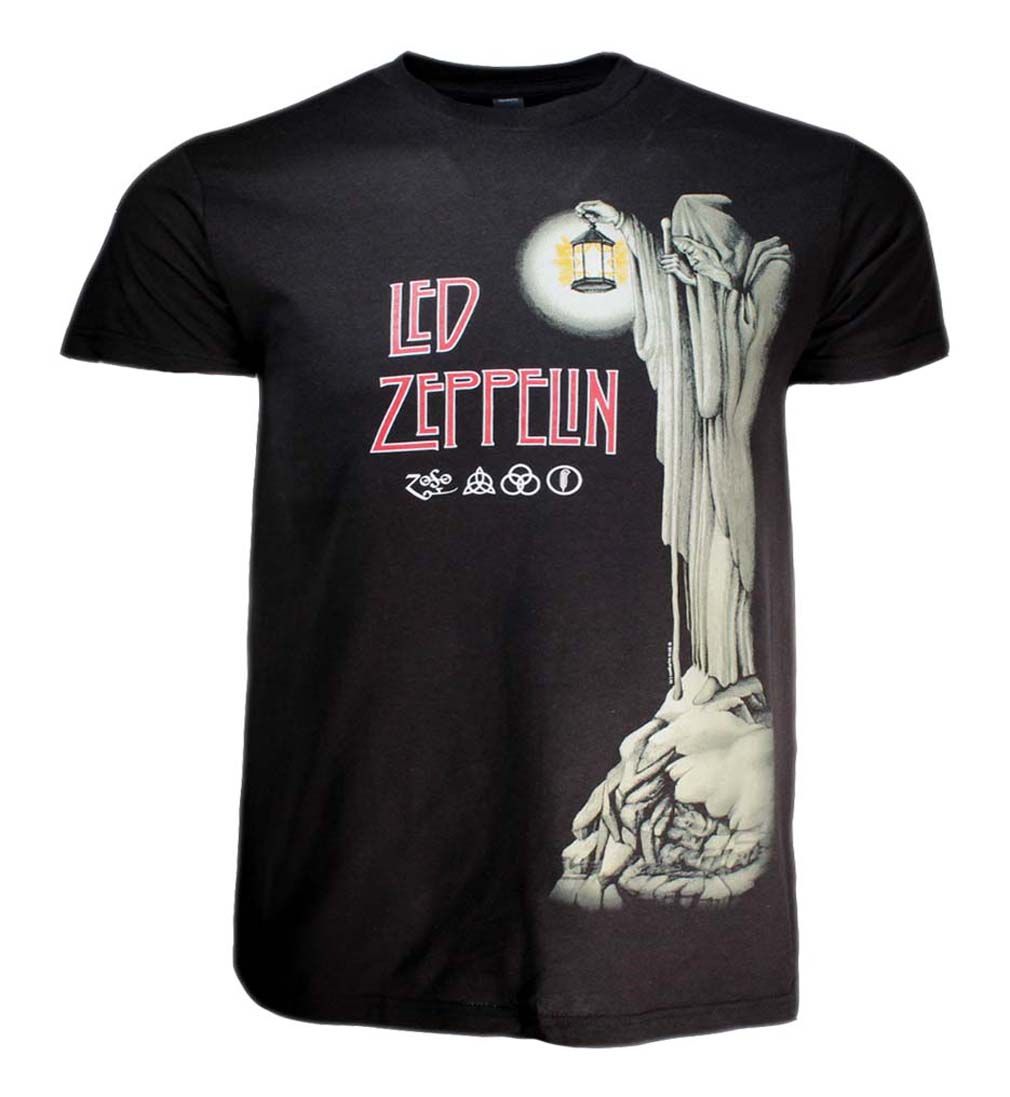
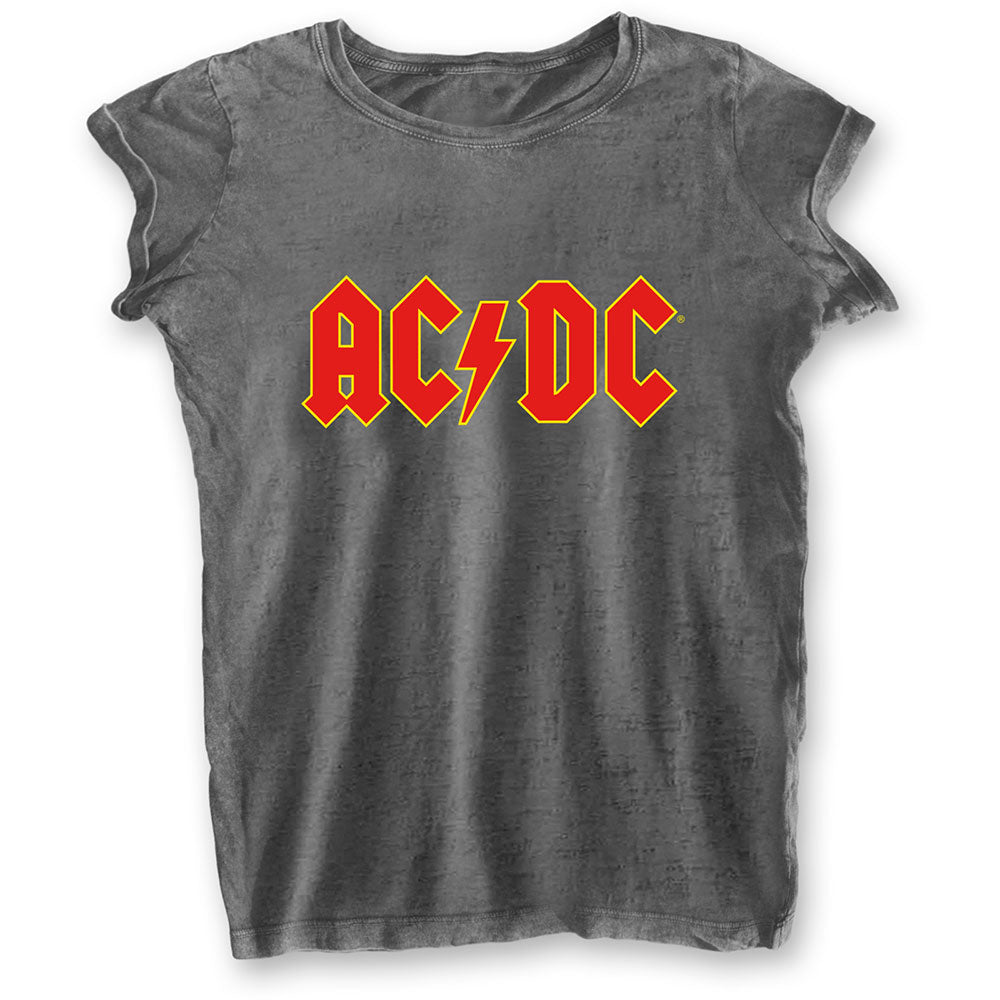
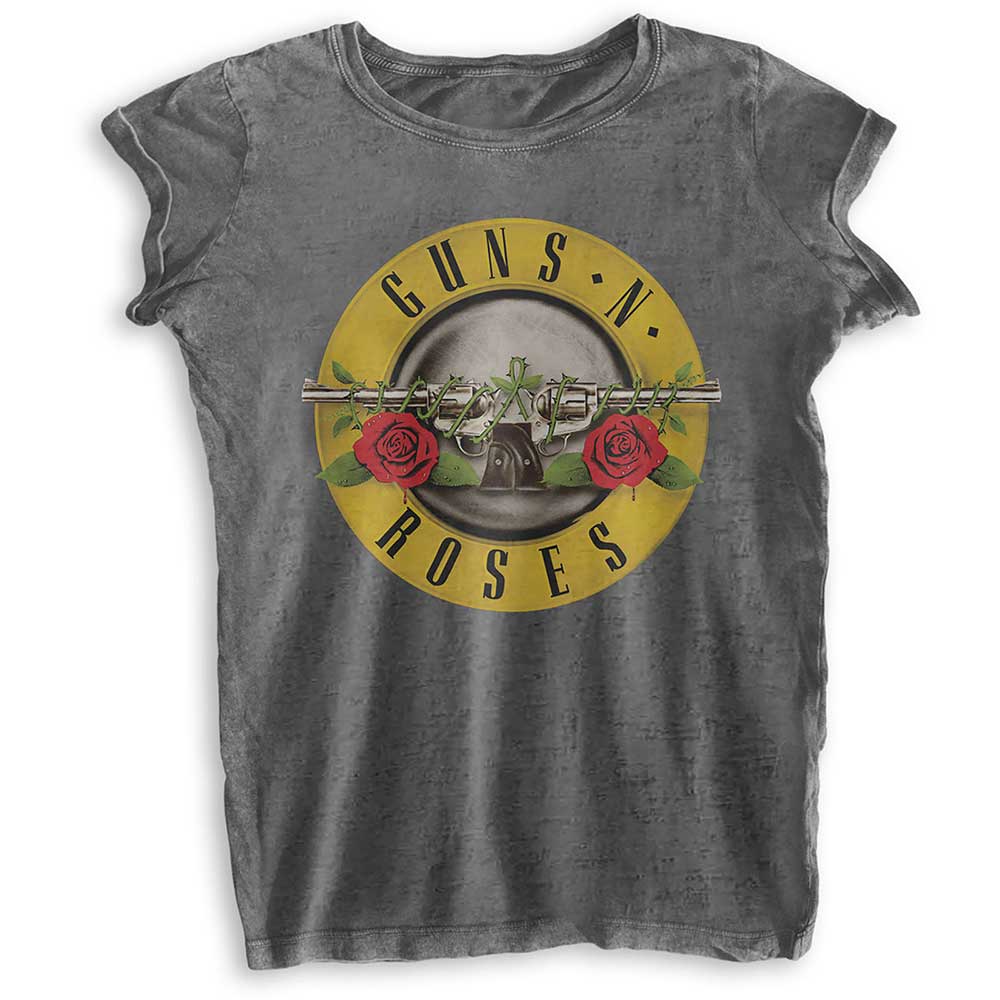
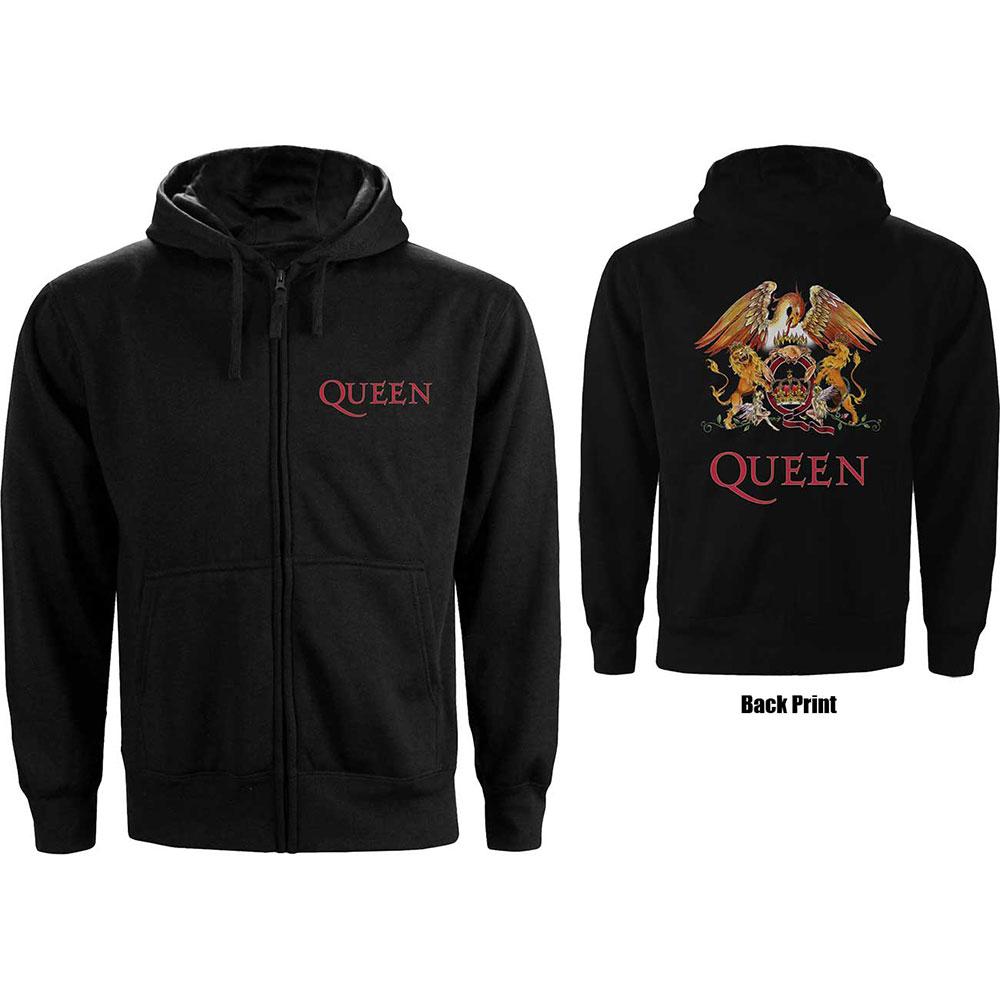



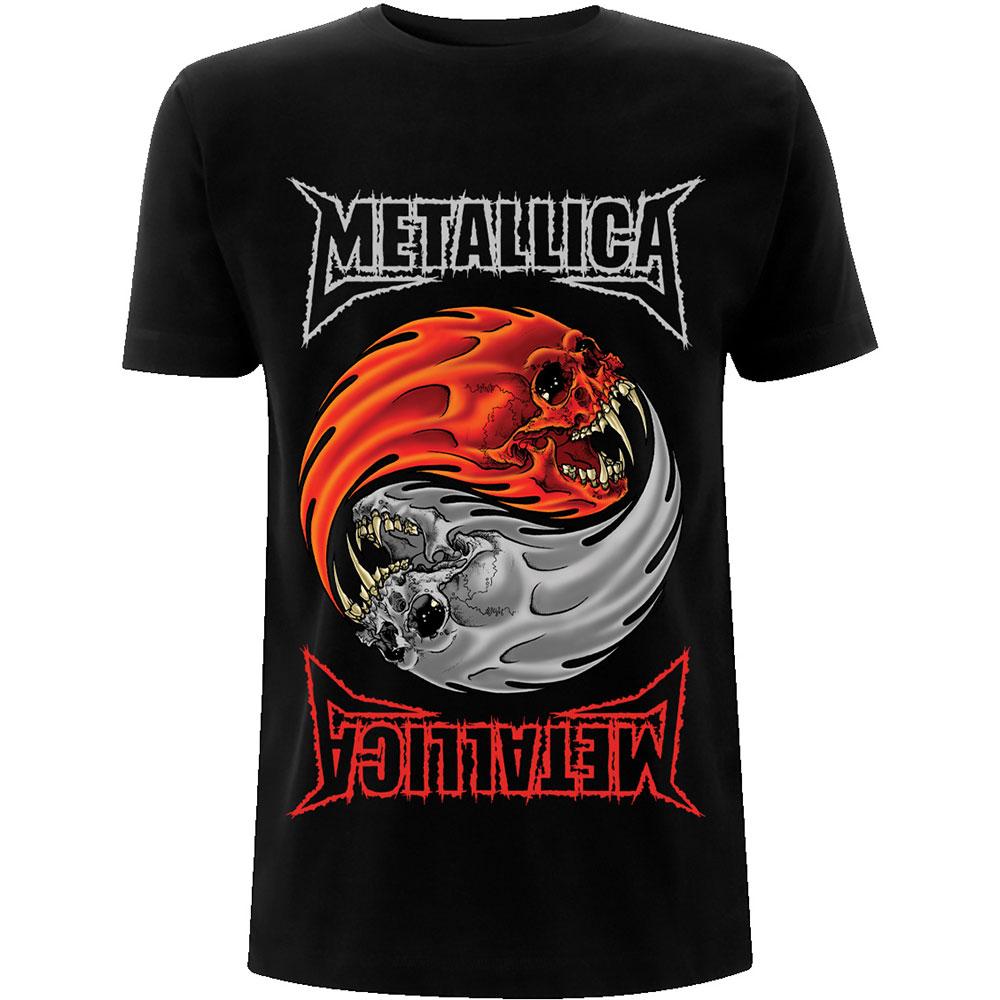

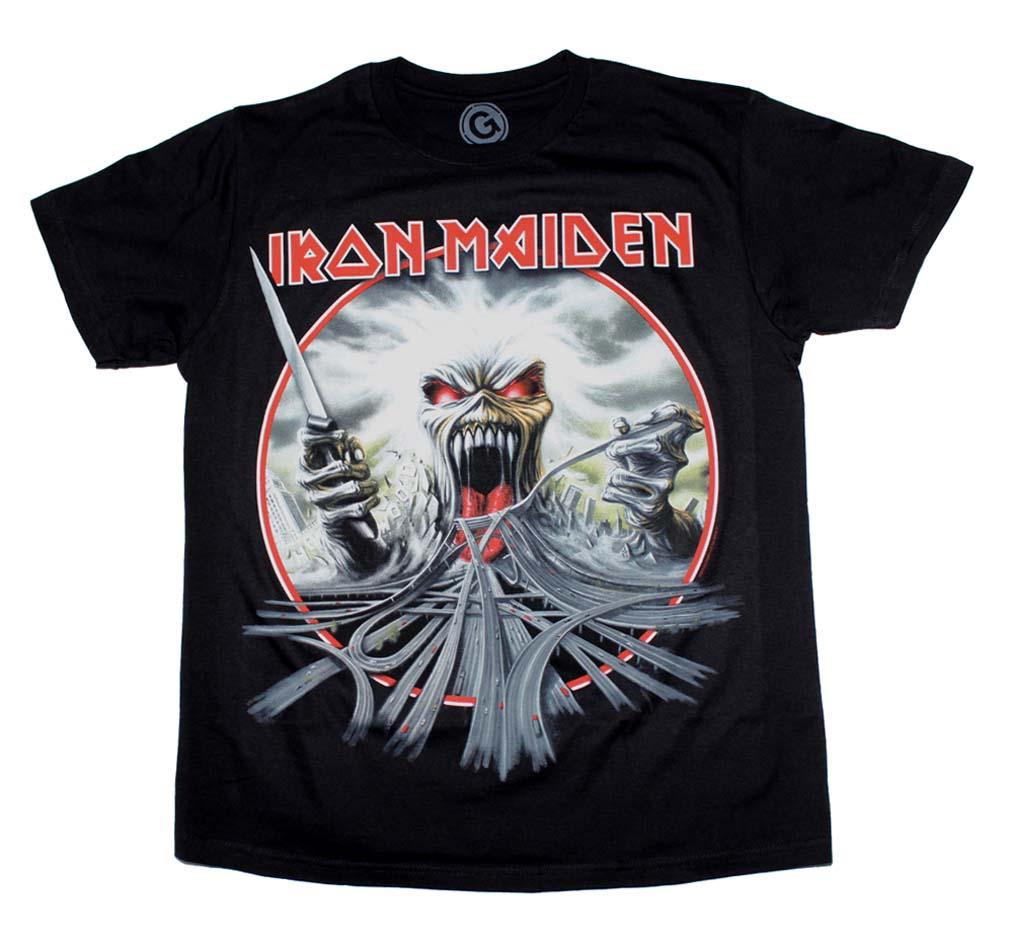
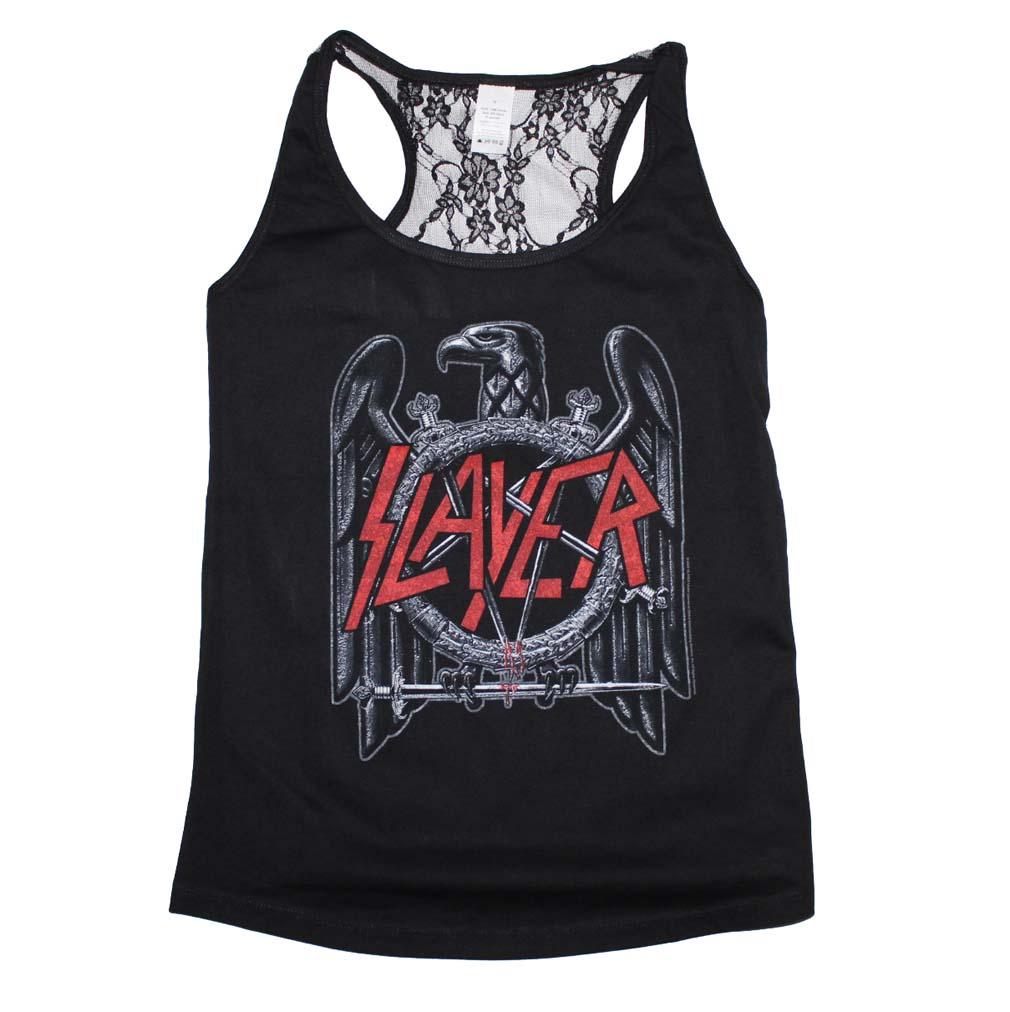

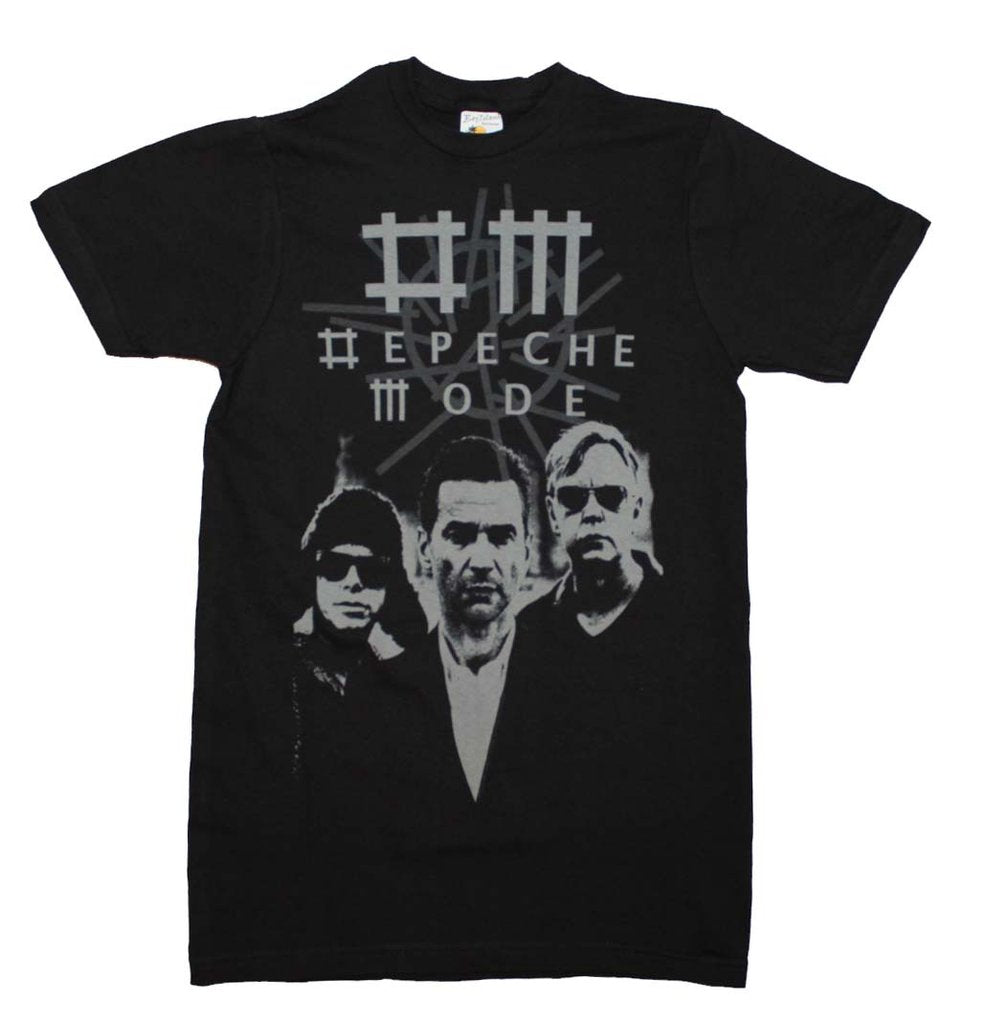



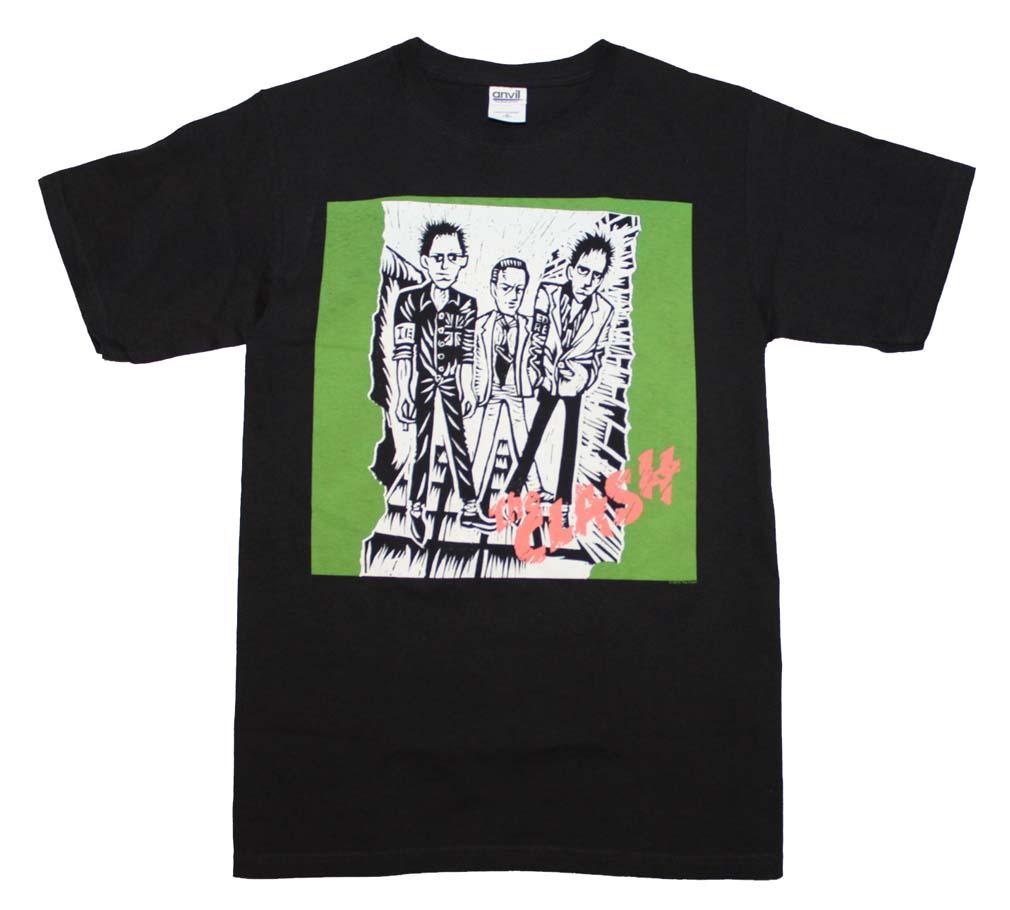

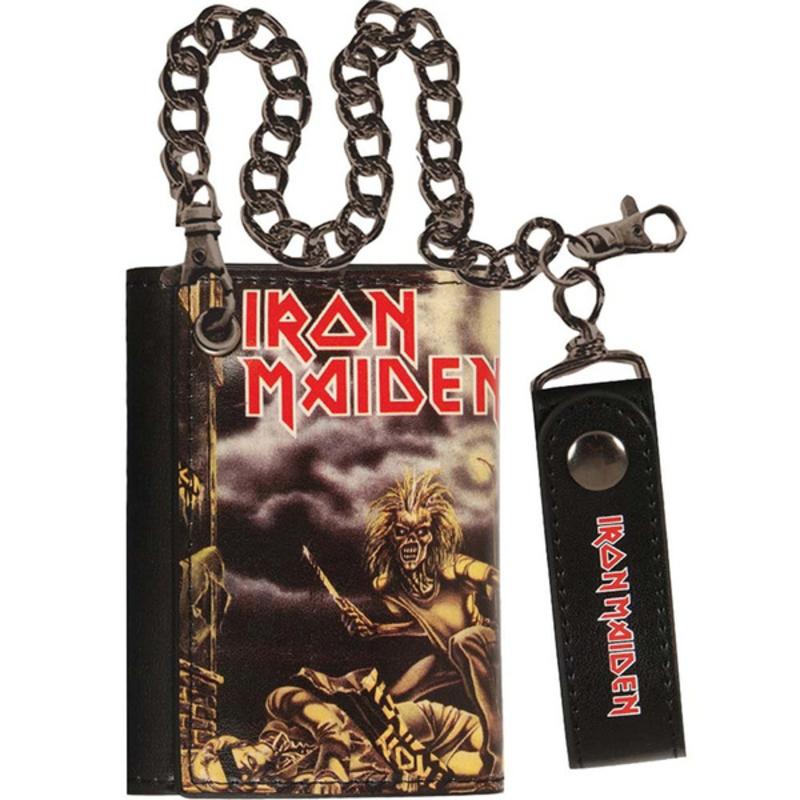


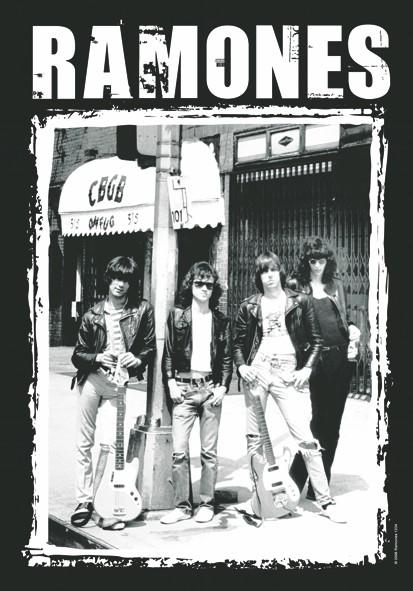
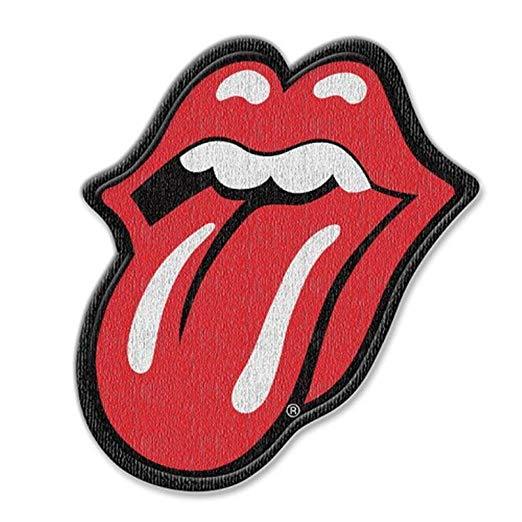


Comments
1 comment
Doug
Excellent blog you have here.. It’s hard to find good quality
writing like yours these days. I really appreciate individuals like you!
Take care!!
Billiga Fotbollströjor